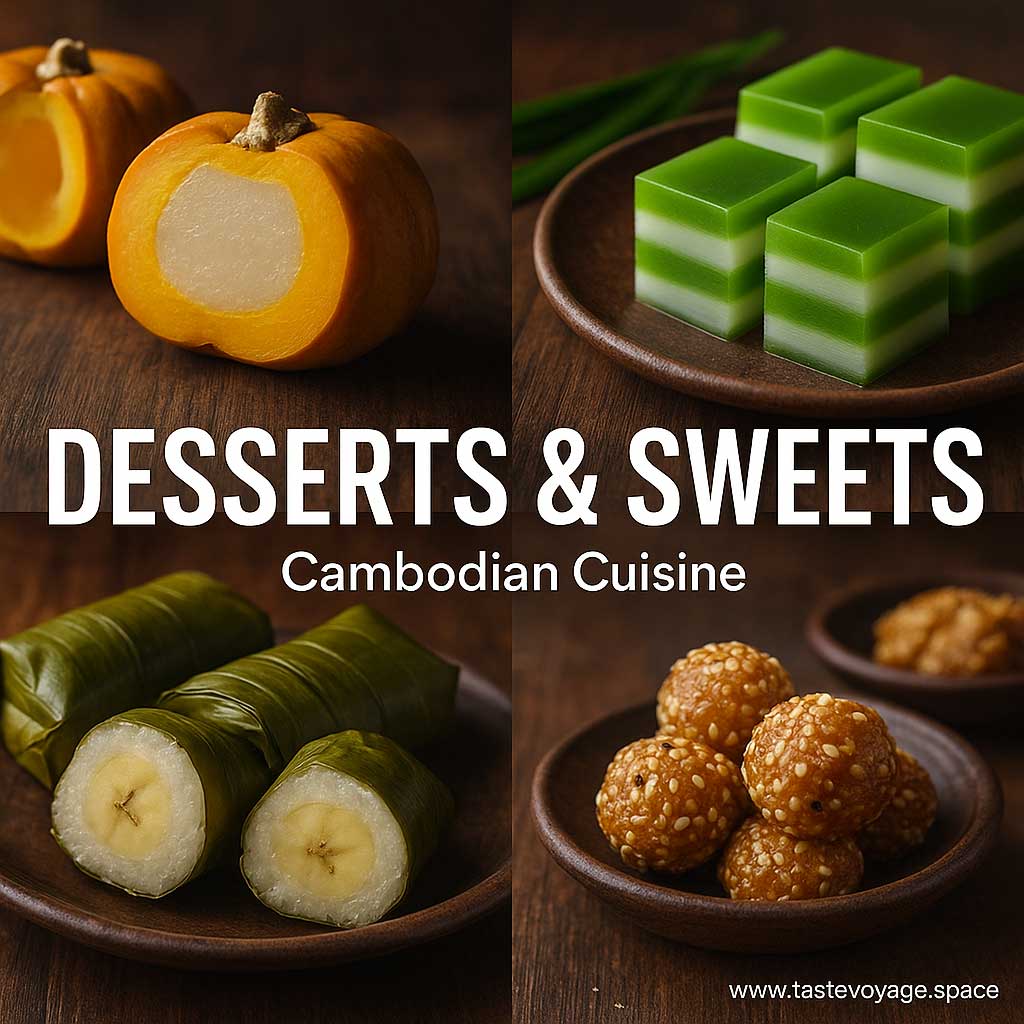Quick & Easy 30-Minute Coconut Sticky Rice Recipe
Travel the World Through Food >> Cambodian Cuisine>>Desserts & Sweets>> Quick & Easy 30-Minute Coconut Sticky Rice Recipe
Quick & Easy 30-Minute Coconut Sticky Rice Recipe
Embracing Tradition: The Cultural Significance of Coconut Sticky Rice
Coconut sticky rice is more than just a delicious dish; it is a symbol of cultural heritage and culinary artistry. Celebrated across many tropical regions, especially in Southeast Asia, this dish embodies the richness of local flavors and traditional food practices. Its unique combination of sweet coconut milk and perfectly steamed glutinous rice creates an experience that transcends mere sustenance, connecting communities through shared culinary history.
In many cultures, coconut sticky rice is a staple at festive occasions, family gatherings, and everyday meals. It often plays a central role in celebrations, symbolizing prosperity, harmony, and community bonding. The dish’s fragrant aroma and inviting appearance evoke a sense of comfort and nostalgia, reminding us of generations that have cherished these flavors. In this way, coconut sticky rice acts as a culinary bridge, preserving and passing down cultural values through the generations.
Culinary Significance and Regional Variations
The culinary significance of coconut sticky rice lies in its simple yet profound ingredients. The combination of glutinous rice and coconut milk highlights the region’s abundance of tropical ingredients. It showcases the mastery of traditional Cooking Techniques that emphasize texture and flavor harmony. Chefs and home cooks take pride in balancing the rice’s chewiness with the richness of coconut, resulting in a dish that delights the senses.
Different regions have their own take on coconut sticky rice. In Thailand, it is often served with fresh fruits like mango—turning it into the beloved dessert “mango sticky rice.” In Indonesia and Malaysia, variations include additional toppings such as roasted seeds or sweetened beans. Despite these differences, each version maintains the dish’s core essence: a celebration of nature’s sweetness and the artistry of local culinary traditions.
The Role of Coconut Sticky Rice in Cultural Identity
Coconut sticky rice holds a special place in cultural identity. It represents a harmony between nature and human craftsmanship, highlighting the region’s agricultural richness. The dish’s preparation often involves time-honored techniques passed down through families, emphasizing the importance of preserving culinary heritage.
Moreover, coconut sticky rice fosters social connection. Sharing this dish during festivals or communal meals strengthens bonds and celebrates cultural pride. It reflects a collective appreciation for simple, natural ingredients elevated through skill and tradition. In this way, coconut sticky rice is not just a dish, but a cultural emblem that fosters unity and pride within communities.
A Delicious Reflection of Cultural Heritage
The beauty of coconut sticky rice lies in its ability to tell a story—one of regional abundance, tradition, and shared experiences. Its preparation and consumption serve as a reminder of the importance of honoring culinary roots while enjoying the flavors that have stood the test of time.
This dish invites us to appreciate the richness of tropical culinary traditions. It encourages us to savor the artistry behind each bite and recognize the cultural stories embedded within every serving. Whether enjoyed as a simple snack or a festive delicacy, coconut sticky rice remains a testament to the enduring power of food to connect us with our cultural heritage.
Final Thoughts
Coconut sticky rice is much more than a sweet treat; it is a celebration of regional flavors, cultural identity, and culinary craftsmanship. Its History and significance illuminate the deep connection between Food and cultural expression. By exploring and appreciating this dish, we honor the traditions and stories that have shaped the vibrant culinary landscape of tropical regions. Let this delightful dish inspire curiosity and respect for the rich food heritage it represents.
